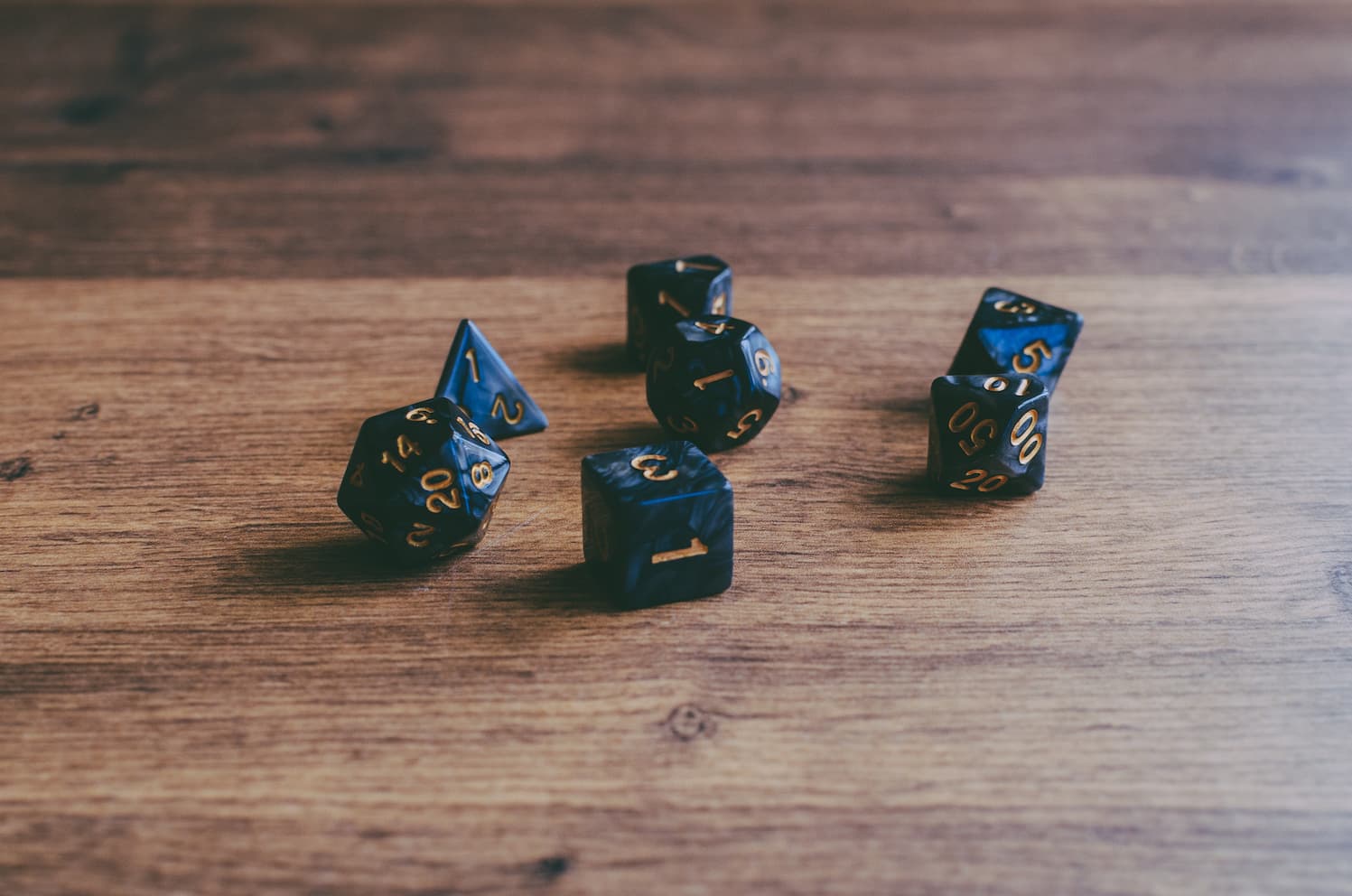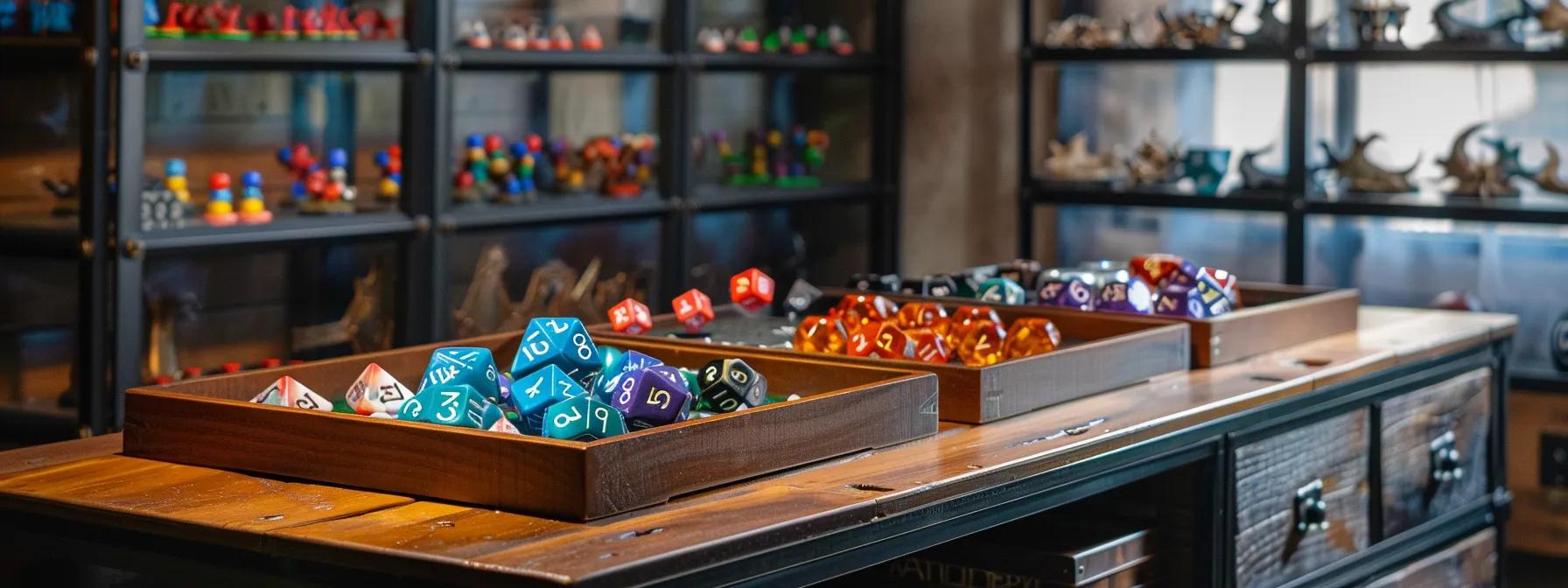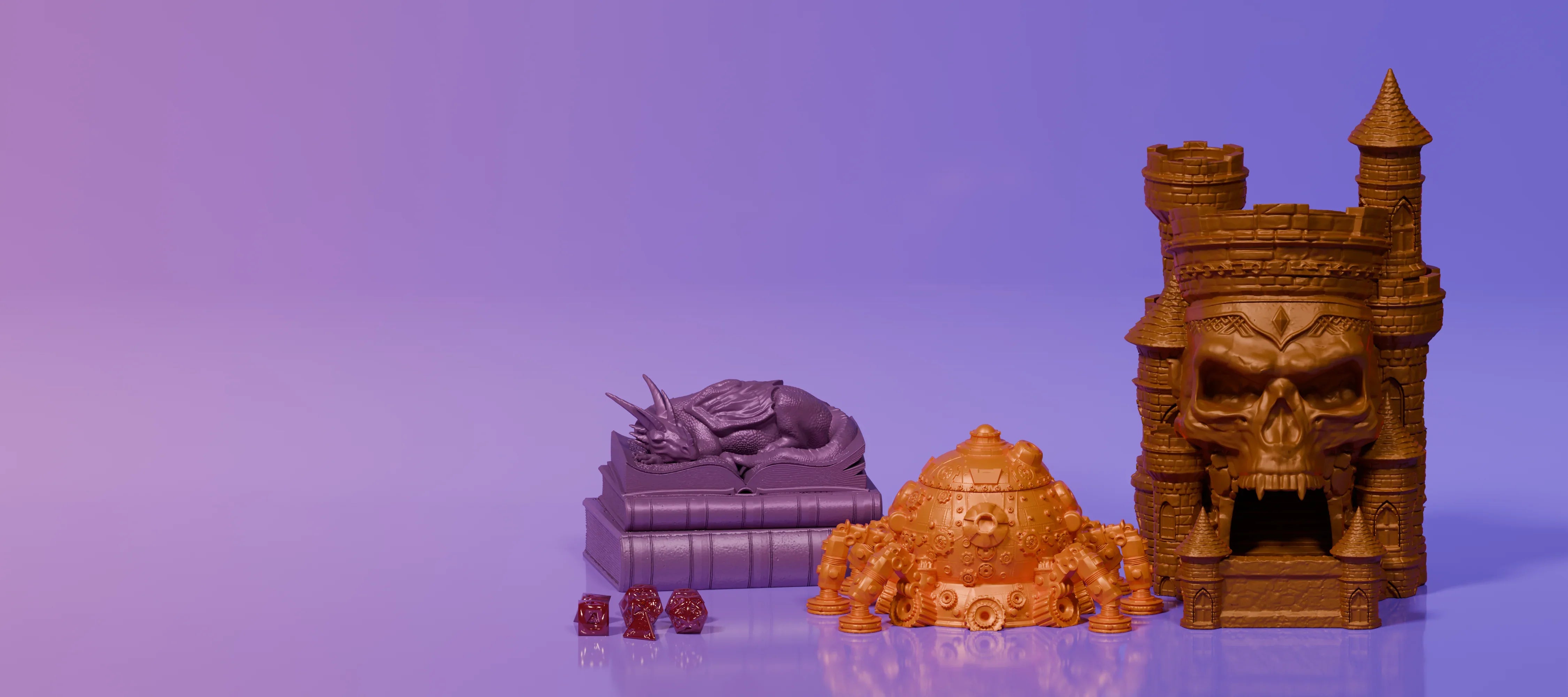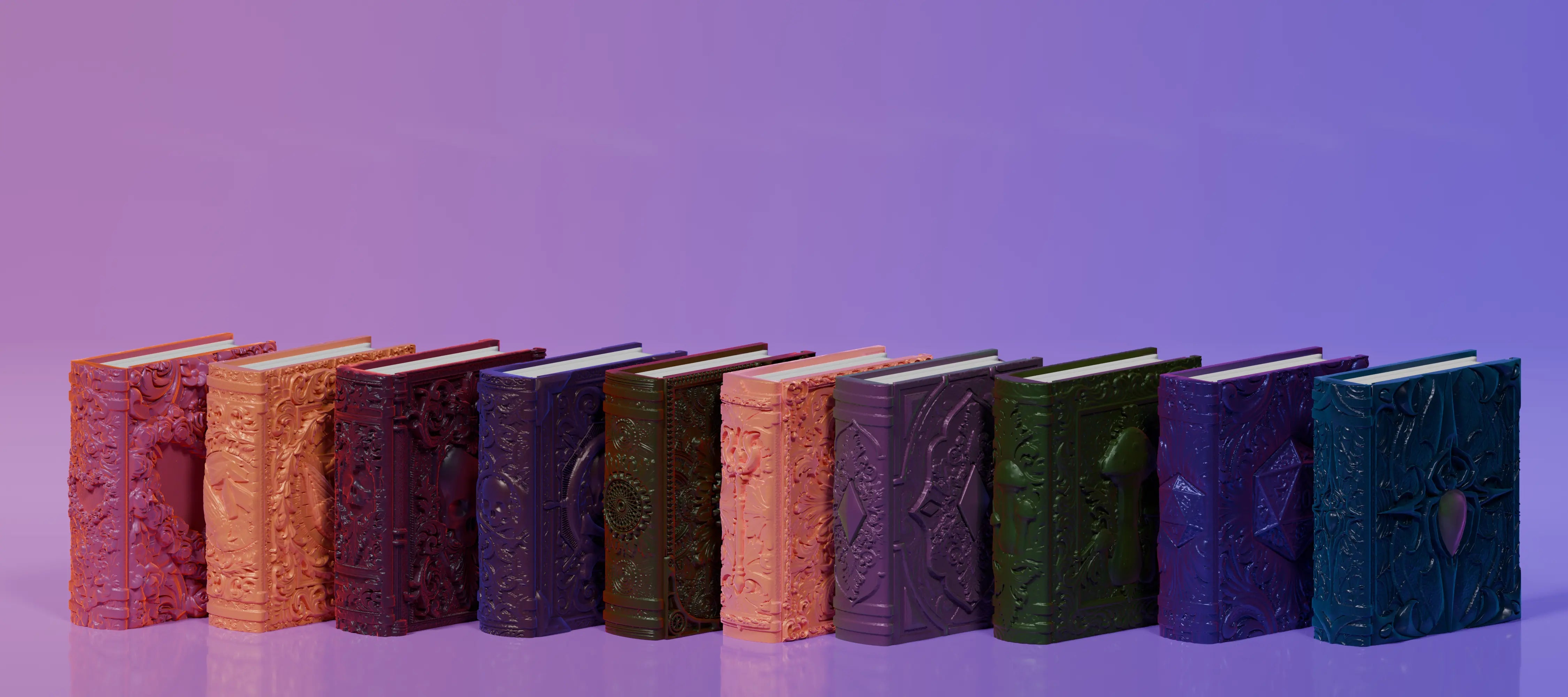
Types of DnD Dice: A Practical Guide for Players and DMs
Whether you're prepping for Session Zero or jumping back into a long-running campaign, understanding the different types of DnD dice helps you make better rolls—and better stories. These polyhedral tools aren’t just about randomness. They're part of the rhythm of every saving throw, attack, and character-defining moment.
The Standard DnD Dice Set
A typical set of DnD dice includes seven polyhedrons. Each one has a role in combat, character creation, or narrative moments:
- D4 (Tetrahedron): Often used for small weapon damage or healing spells.
- D6 (Cube): Common for weapon damage and various spell effects.
- D8 (Octahedron): Common in martial combat, especially with finesse weapons and certain spells.
- D10 (Pentagonal Trapezohedron): Utilized for specific weapon damage and determining percentages.
- D12 (Dodecahedron): Less common, but used for heavy weapon damage.
- D20 (Icosahedron): Central to the d20 system, determining success or failure in most actions.
- D00 (Percentile Dice): A pair of D10s used together to generate a number between 1 and 100.
All of them rely on geometry and symmetry to deliver balanced results that fuel the flow of play.
Make Each Roll Count
Want your rolls to feel sharp and satisfying? Fabletop’s dice towers not only boost fairness but also make a great table centerpiece. Match it with our dice storage to keep your polyhedrons safe between encounters.
Dice Notation Explained
Dice notation tells you what to roll and how to calculate outcomes. For example, “2d6” means “roll two six-sided dice.” Add a modifier, like +3, and now you're calculating a firebolt’s damage or a persuasion check in one fast move.
Knowing your dice notation helps with everything from skill checks to rolling hit points and interpreting character statistics
Materials Matter: Choosing Your Dice
The material of your dice can affect both aesthetics and functionality:
- Plastic: Affordable and widely available, suitable for beginners.
- Resin: Offers vibrant colors and designs, popular among enthusiasts.
- Metal: Provides a satisfying heft and durability.
- Wood: Gives a natural feel, though less common.
- Bone: Rustic and tactile, with an old-school vibe. Great for gritty or historical settings.
Gemstone: Luxurious and visually striking, but can be fragile.
Each material offers a different tactile experience, so choose one that complements your playstyle.
Specialty and Uncommon Dice
While the standard seven-piece set covers most needs, other dice types can add flavor or handle niche mechanics:
- D2 / D3 – Great for binary outcomes or minimal effects.
- D24 / D30 – Occasionally used in homebrew systems or alternate rules.
- D100 – Typically rolled using two D10s, but sometimes available as a single sphere-like die. Adds tension to random tables.
- Sharp-edged vs. tumbled dice – Sharp edges provide more predictable rolls; tumbled dice are softer and less prone to chips.
- Oversized D20s – Ideal for dramatic moments when everyone is watching your roll.
- Inclusion dice – Contain glitter, miniatures, or floating elements. Part artwork, part utility.
They’re not essential, but they sure are fun, and sometimes, a little extra chaos is just what a session needs.
Enhance Your Game with Smart Tools

Rolling in person? Fabletop’s dice rollers keep things fair and fast. Playing online? Try our online DnD dice roller for quick and accurate results.
The right tool keeps your game moving and your focus on the story.
How Dice Shape Gameplay
Your dice choices influence not just math - but mood.
- Attack rolls use a D20 to determine hits.
- Damage rolls vary based on the weapon: a dagger might use a D4; a greataxe, a D12.
- Saving throws and skill checks rely on the D20 system, often with modifiers for stats.
- Percentile rolls create high-stakes randomness (hello, Wand of Wonder).
Even character class matters. Rogues might depend more on stealth-heavy D20 rolls, while barbarians regularly slam down D12s for brutal damage.
Wrap-Up: Your Dice, Your Story
Choosing the right DnD dice types is part of the fun. Whether you’re focused on clean stats, cool aesthetics, or chaotic storytelling, your dice set can reflect your character—and your style of play.
Keep them organized, roll with confidence, and build your collection one critical hit at a time.
Ready to upgrade your game night setup? Fabletop's TTRPG Dice Accessories are designed to enhance your table—whether it’s your first campaign or your fiftieth.





